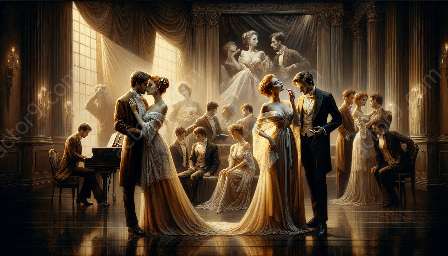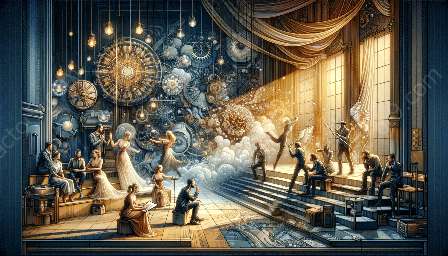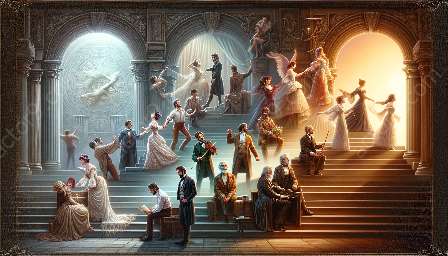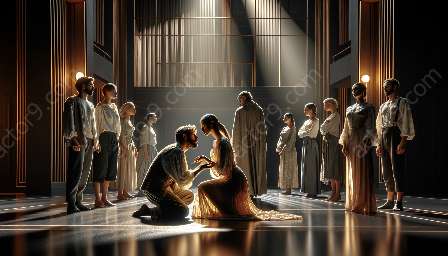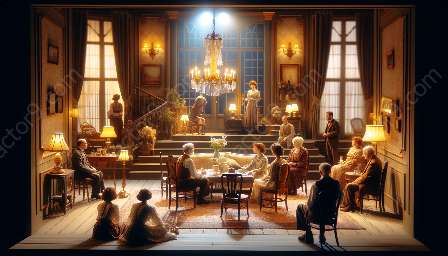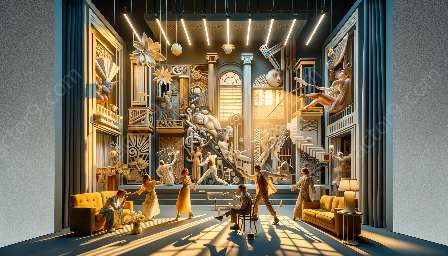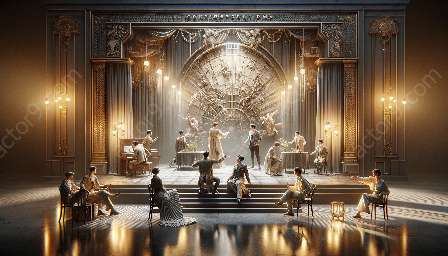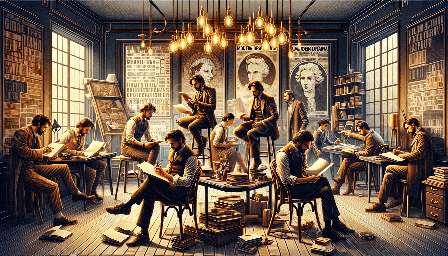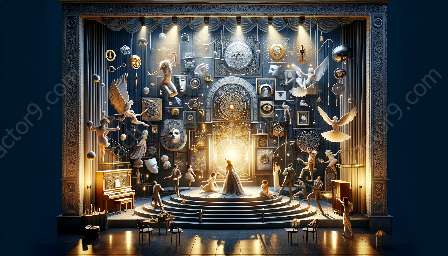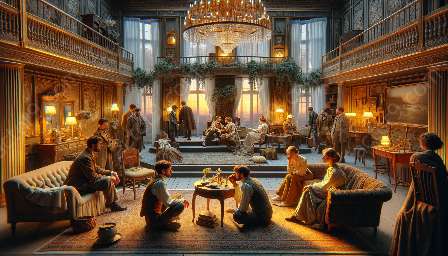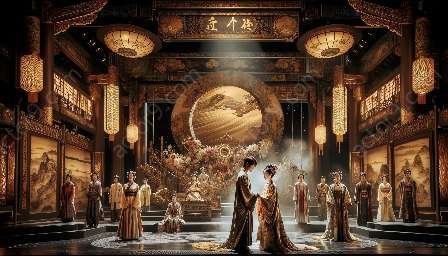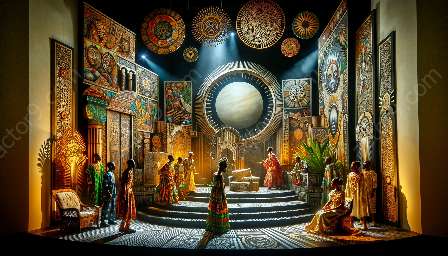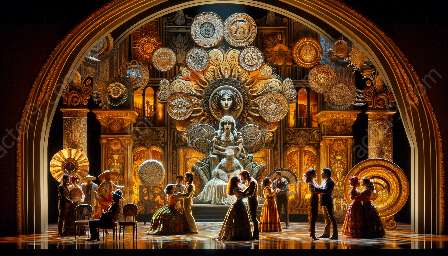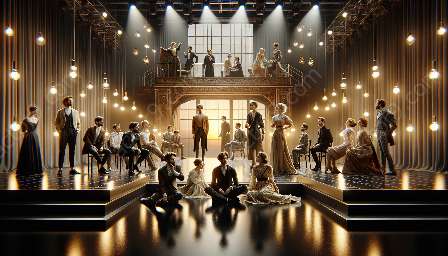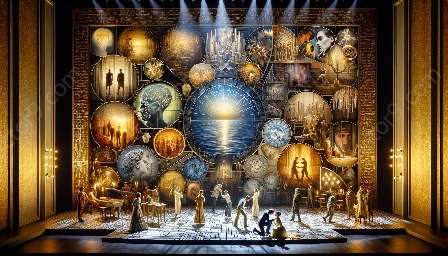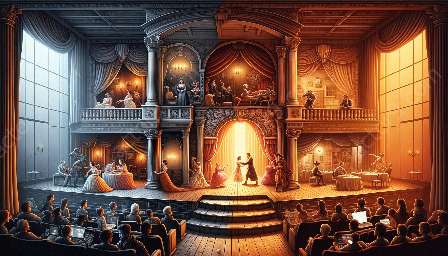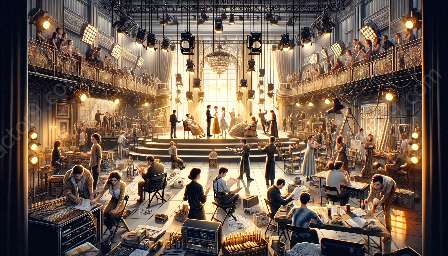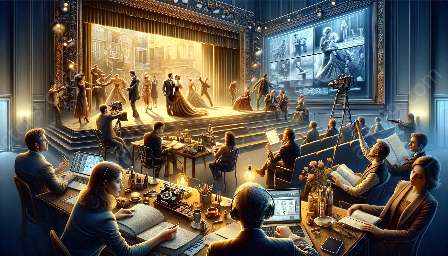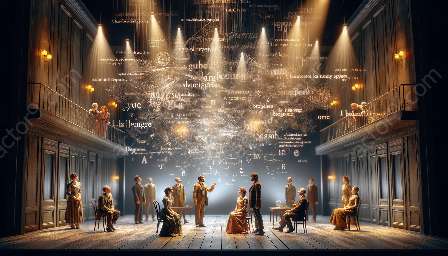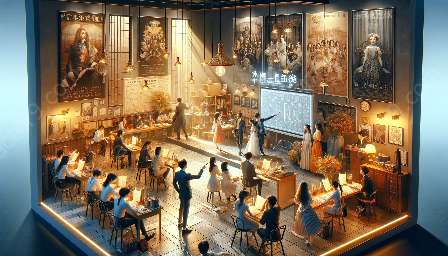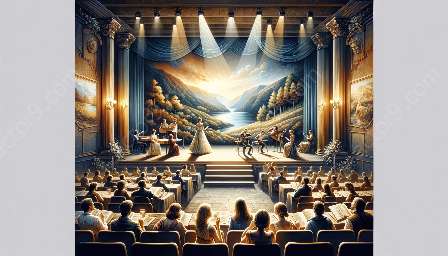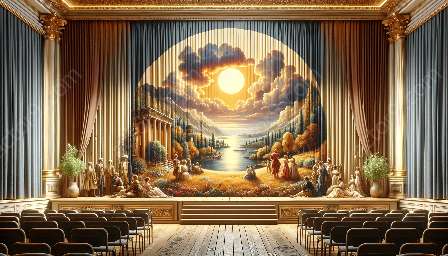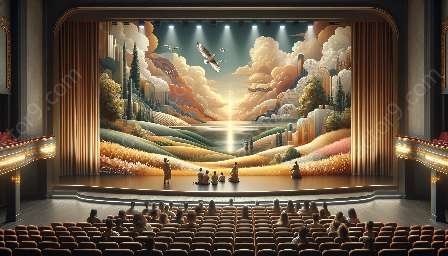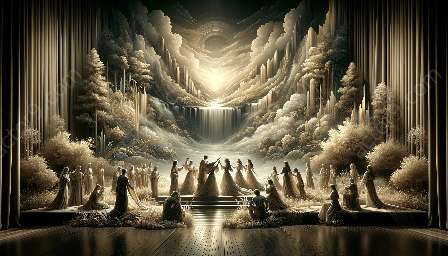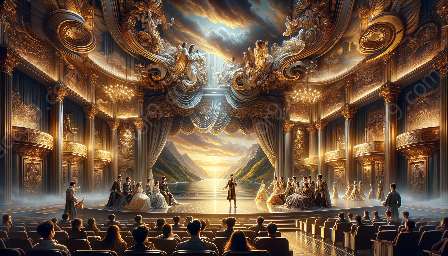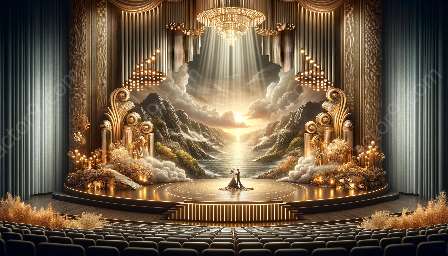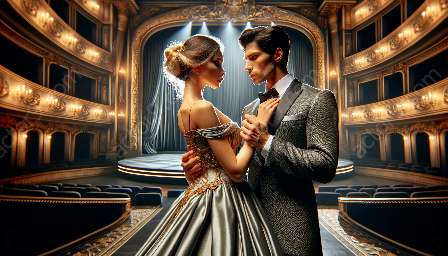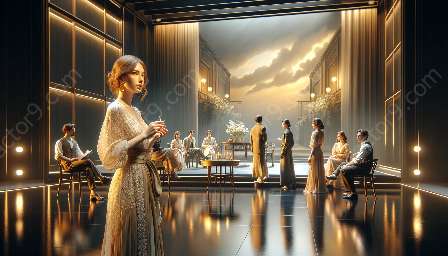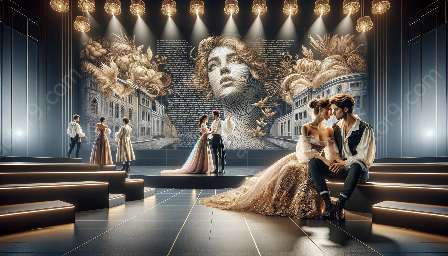Drama has long served as a reflection of societal norms, and the representation of gender and identity in modern theatrical performances has undergone a transformative evolution. Modern drama has grappled with the complexities of human experience, pushing boundaries and reshaping the way gender and identity are portrayed on stage. This exploration delves into the interplay of these concepts within the context of modern theatrical representation and examines their influence on the evolution of drama.
Evolution of Modern Drama
In order to understand the impact of gender and identity on modern theatrical representation, it is essential to examine the evolution of modern drama. The shift from traditional to modern drama brought about a wave of change in the portrayal of characters and themes. Modern drama emerged as a response to the rapidly changing social, political, and cultural landscapes, evolving to represent a diverse range of perspectives.
Exploring Gender in Modern Drama
The portrayal of gender in modern theatrical representation has transcended traditional norms, with playwrights and performers challenging stereotypical gender roles and presenting a more nuanced and inclusive representation of gender identity. From the exploration of gender fluidity to the deconstruction of gender binaries, modern drama has addressed the complexities of gender in a thought-provoking and innovative manner.
Identity and its Representation
The concept of identity, encompassing race, ethnicity, sexuality, and more, has been a focal point of modern theatrical representation. The evolution of drama has provided a platform for diverse identities to be explored and celebrated, shattering stereotypes and amplifying marginalized voices. Modern theatrical performances have become a channel for individuals to express their authentic identities, fostering empathy and understanding among audiences.
Understanding the IntersectionThe intersection of gender and identity in modern theatrical representation has given rise to compelling narratives and performances that challenge societal constructs and confront ingrained biases. By intertwining these elements, playwrights and artists have ignited conversations and prompted critical reflections on the fluid and multifaceted nature of identity.

